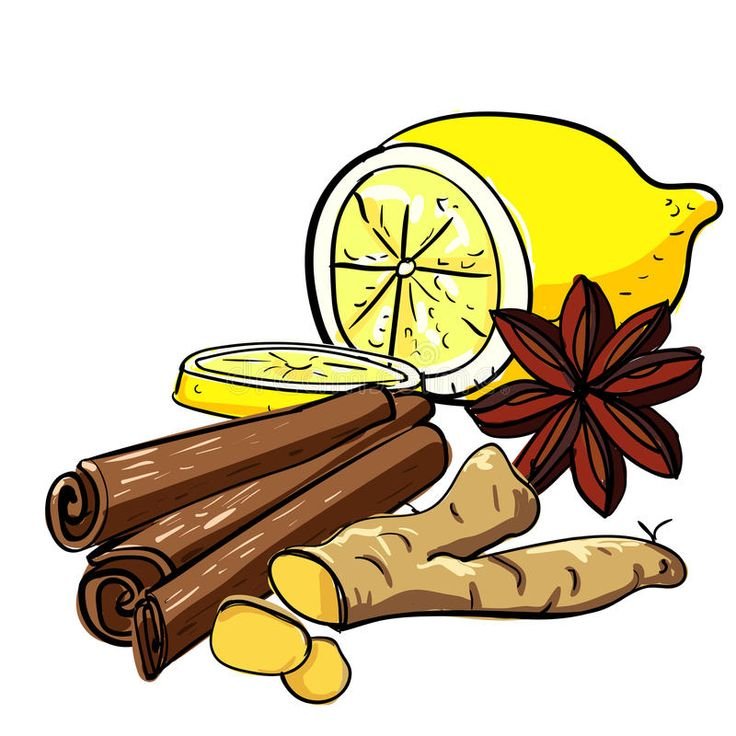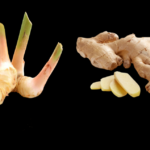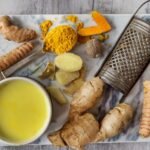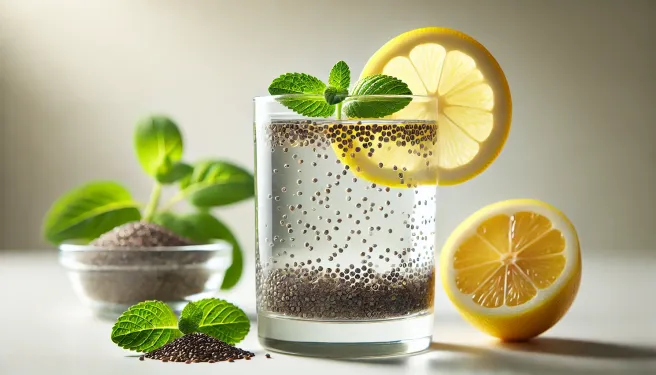The keto diet is still one of the most talked-about ways to eat in the wellness world, and for good reason. It has helped millions of people lose weight, think more clearly, keep their blood sugar stable, and lower inflammation. But with so many keto snacks, prepackaged bars, and fake sweeteners out there, the diet’s original goal of eating whole, natural foods often gets lost.
This guide takes the keto diet back to its roots by showing you how to do it the natural way: by only eating real, unprocessed foods that are good for your health in the long run. This article gives you timeless, basic strategies based on science and nature, whether you’re just starting out or want to improve your current approach.
A Natural Look at the Keto Diet

The keto diet, which stands for ketogenic diet, is a way of eating that is low in carbs, high in fat, and moderate in protein. It is meant to change your body from burning sugar (glucose) for energy to burning fat for energy, which is called ketosis.
The Science Behind Ketosis
Without carbohydrates, the body starts to break down fat into molecules called ketones, which it uses for energy. Most of the time, this change happens when you cut back on carbs to 20–50 grams per day.
This isn’t a new process. When our ancestors fasted or didn’t have much food, they often went into ketosis. This is why the body adapts to it so well. When you only use natural foods, it becomes even more like how people have always eaten.
The Main Ideas Behind a Whole Food-Based Keto Diet
The focus should always be on keeping this method timeless and useful:
- Cut down on processed foods and fake additives
- When you can, choose options that are organic, grass-fed, or wild-sourced
- Pick fruits and vegetables that are in season and grown nearby
- Stay away from keto junk foods and fake sweeteners
By following these rules, you make a way of life that will last, not just a fad.
The Best Natural Foods for a Keto Diet
The goal is to make your meals out of clean, nutrient-dense foods. This is what you should eat on a regular basis:
1. Good Fats
Natural fats are the most important part of the keto diet because they give you energy and make you feel full.
- Avocados are full of fiber and heart-healthy monounsaturated fats.
- Coconut oil and MCT oil help the body make more ketones and speed up metabolism.
- Olives and olive oil are anti-inflammatory and full of antioxidants.
- Grass-fed butter or ghee is a good source of butyrate, a fatty acid that helps the gut.
- Animal fats, like lard and tallow, are full of nutrients when they come from animals that live on pasture.
- Almonds, macadamias, flax, chia, and walnuts are all nuts and seeds that are good sources of omega-3s and fiber.
2. Proteins of High Quality
Look for sources that come from pasture-raised, organic, or wild-caught animals.
- Beef, lamb, and bison that eat grass
- Chicken and turkey that are free to roam
- Eggs from pastured hens have rich yellow yolks full of DHA and choline
- Salmon, sardines, and mackerel caught in the wild are great sources of healthy fats and protein
- Liver, heart, and kidney are organ meats that are often overlooked but are very good for you
3. Vegetables with Few Carbs
Vegetables that grow above ground have fewer carbs and more fiber and nutrients.
- Salamander lettuce, spinach, kale, and collards
- Cruciferous vegetables include cabbage, Brussels sprouts, broccoli, and cauliflower
- Peppers, zucchini, eggplant, and cucumbers
- Mushrooms, asparagus, green beans, and celery
4. Natural Flavor Boosters
Use herbs, spices, and vinegars to keep meals exciting.
- Basil, rosemary, thyme, cilantro, and parsley are all fresh herbs.
- Spices include turmeric, cinnamon, cumin, paprika, and ginger.
- Use garlic and onions sparingly because they have a lot of carbs.
- Apple cider vinegar is a tonic that speeds up your metabolism.
What Not to Eat on a Clean Keto Diet
A natural way also means staying away from unhealthy, processed, or artificial ingredients.
Keto Foods That Have Been Processed
Many keto bars, cookies, and shakes that are already made have chemicals, preservatives, and fake sugars that can mess up your gut health and blood sugar levels.
Artificial Sweeteners
Ingredients like sucralose, aspartame, and even some sugar alcohols (like maltitol) may slow down weight loss and make your stomach feel bad. If you need to, choose natural sweeteners that aren’t too sweet, like monk fruit or stevia.
Grains and Beans
These foods have a lot of carbs and aren’t good for ketosis, even when they’re whole, like black beans or quinoa.
Fruits with a Lot of Sugar and Starchy Vegetables
Potatoes, corn, and bananas have too many carbs for a keto diet. Only eat a little bit of berries.
How to Plan Meals with Whole Foods on the Keto Diet

Planning is the first step to doing well on this lifestyle. Here is a basic plan:
Step 1: Make Your Plate
- 70–75% fat
- 20–25% protein
- 5–10% carbs, which come from vegetables and small amounts of fruits with low glycemic index
Step 2: Shop the Outside
Put these things at the top of your grocery list:
- New fruits and vegetables
- Counters for meat and fish
- Dairy and egg sections
- Aisles for natural oils and spices
Stay away from the middle aisles where boxed and processed foods are.
Step 3: Get Ready to Make Easy Meals
You don’t need to follow complicated recipes to eat well on a clean keto diet.
Some meal ideas are:
- Breakfast: Spinach and avocado slices on top of scrambled eggs from pasture-raised chickens cooked in ghee.
- Lunch: Grilled salmon on a salad of kale and arugula with olive oil and lemon.
- Dinner: Steak from grass-fed cows with steamed broccoli and garlic butter that has been roasted.
- Snack: A few macadamia nuts or hard-boiled eggs.
Do You Need Supplements?
A well-planned, whole-food keto diet often makes supplements less necessary, but they can help with the change in some cases.
Supplements That Are Helpful (From Natural Sources When Possible)
- Bone broth, Himalayan salt, and leafy greens can help you get more sodium, potassium, and magnesium.
- Omega-3s come from wild-caught fish or cod liver oil.
- Digestive enzymes can help you digest fat if you’re new to eating a lot of it.
- Vitamin D: Getting some sun is the best way to get it, but taking a supplement may help depending on where you live.
Things You Shouldn’t Do
There are some things that can slow your progress, even if you mean well.
- Eating too much protein
This can raise your insulin levels and stop you from being in ketosis. Keep your portions small. - Not Getting Enough Fat
Don’t be afraid of fat; it’s what gives you energy. Eat a lot of fatty fish, avocados, and olive oil. - Not Eating Vegetables
Vegetables are important for fiber, minerals, and keeping your gut healthy for a long time. - Not Keeping an Eye on Hidden Carbs
Dressings, sauces, and even natural foods like onions and tomatoes can add up quickly.
Long-Term Sustainability Advice
To keep this way of life natural and long-lasting:
- Change Up Your Foods
Changing up your fats, proteins, and veggies on a regular basis will help you avoid getting tired of food and make sure you get a variety of nutrients. - Cook in Batches
Prepare proteins and vegetables ahead of time to make clean keto easier. Mix and match them throughout the week. - Drink Enough Water
Water is very important on the keto diet. To keep it interesting and keep your electrolytes in balance, add lemon, herbs, or a little salt. - Pay Attention to Your Body
Don’t just use ketone strips to check on your health. Use your hunger, energy, and focus levels as well.
The Natural Keto Lifestyle: A Success in the Real World

Many people who follow a clean keto lifestyle say they feel better in more ways than just losing weight:
- Stable blood sugar gives you clearer thinking and better focus.
- Less cravings and binge-eating habits
- Better digestion and clearer skin
- Hormones that are in balance and more energy
This method isn’t about following trends or counting macros; it’s about eating the way nature intended.
Questions and Answers About Living a Natural Keto Life
Can I Eat a Keto Diet if I Don’t Eat Meat or Dairy?
Yes, but you need to plan ahead. Eat nuts, seeds, coconut products, avocados, non-starchy vegetables, and fermented foods that are low in carbs. Choose fats that come from plants, and try organic tofu or tempeh in small amounts.
How Long Does It Take to Reach Ketosis?
If you keep your carb intake low, most people will enter ketosis in 2 to 4 days. Skipping breakfast or other natural fasting can help speed up the process.
Will I Lose Muscle if I Go Keto?
Not if you eat enough protein and do resistance training. A lot of athletes use keto to keep their lean mass while losing fat.
The End
When based on whole, natural foods, the keto diet is not just a quick fix; it is a long-term way of life that works with how the human body evolved to eat. You give your body the fuel it really needs by not eating processed keto snacks, artificial sweeteners, or oils made in a lab.
If you stick to foods that are close to nature, you’ll get the real, long-lasting benefits of the ketogenic diet: more energy, a stable mood, a better body composition, and better health. Don’t get too excited about food. Keep it simple, use clean ingredients, and think about your health.

















